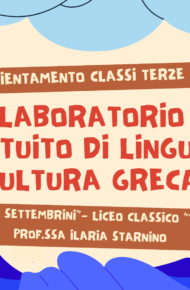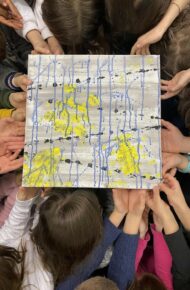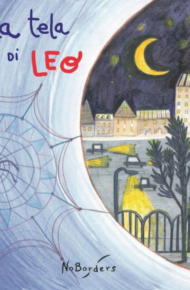[hoot_button url=”https://www.icsettembrini.edu.it/clil/” target=”blank” size=”medium” align=”center” color=”blue”]CLIL page – click to enter[/hoot_button]
CLIL SCIENCE 2019
Middle School Year 3
EARTHQUAKES AND VOLCANOES
Purpose of CLIL Science courses:
to transmit the use and comprehension of the English language through the teaching of science content
to support and reinforce scientific concepts taught by content teachers using a different communicative medium (English)
to familiarize students with a modest amount of specific vocabulary (scientific and content related) in English
Duration: 5 x weekly one hour sessions (4x classes and 1x examination)
Didactic Material: Power point presentations including print-outs available electronically as home study material: one final written examination
Lesson 1: EARTHQUAKES
In this lesson we briefly look at the internal structure of the Earth before focusing on and defining earthquakes and tsunami (+tidal waves). We look at the difference between hypocentres and epicentres and look at the way that earthquake/seismic activity is measured (Richter Scale, Modified Mercalli scale) and look at a couple of historic examples.
Lesson 2: EARTHQUAKE MANAGEMENT
In this lesson we focus on how humans manage and respond to earthquake/seismic activity. We look at institutions such as the INGV (and equivalents abroad) briefly looking at activities in seismic zones in Italy and abroad. We look at earthquake preparedness through building technology and what to do in the case of an earthquake.
Lesson 3: VOLCANOES
In this lesson we focus on defining volcanoes: their structures, the different kinds of volcanoes around the world (e.g. Shield, Cinder Cones & Composite Cones); different kinds of eruptions and magma (e.g. effusive and Explosive).
Lesson 4: MAN AND VOLCANIC/SEISMIC ACTIVITY
In this lesson we focus on man’s connection to volcanoes: why people live near volcanoes, volcanic events from the past that have shaped history (e.g. Pompeii) and a focus on earthquakes and volcanoes around the world (e.g. Ring of Fire etc.)
Lesson 5: TEST
∼∼∼∼∼∼
CLIL GEOGRAPHY 2019
Middle School Year 3
Purpose of CLIL Geography courses:
to transmit the use and comprehension of the English language through the teaching of geography content
to support and reinforce scientific concepts taught by content teachers using a different communicative medium (English)
to familiarize students with a modest amount of specific vocabulary (scientific and content related) in English
Duration: 5 x weekly one hour sessions (4x classes and 1x examination)
Didactic Material: Power point presentations including print-outs available electronically as home study material: one final written examination
Lesson 1: ANTARCTICA AND CLIMATE CHANGE (GREENHOUSE GASES)
In this lesson we will look at Antarctica (physical geography), the presence of scientists and researchers and the International Treaty that exists to protect the environment. We also begin looking at the effects of Climate Change; in particular the issue of Global Warming caused by Greenhouse Gases and the effect this has had on the physical geography of Antarctica.
Lesson 2: ASIA: India
In this lesson, we will look at Asia and use India as a case study. For Physical Geography we will be looking at the particularities of the Indian subcontinent and the effects of climate change on India and the surrounding areas. For Human Geography we will look how India has been changing in recent years, its growing economic importance in the world and aspects of Indian culture and language.
Lesson 3: AFRICA
In this lesson, we will look at Africa and use Nigeria as a case study. For Physical Geography we will be looking at particularities of the region. We will look at how the issue of desertification is being managed in the North of the continent to counteract climate change. For Human Geography we will look at Nigeria as a case study (growing economy, population and dynamics, Lagos).
Lesson 4: SOUTH AMERICA
In this lesson, we will look at South America and use Brazil as a case study. We will be looking at both Physical and Human Geography. For physical geography, we will be looking at the particularities of Brazil and the importance of the Amazon Forest, and look at how climate change and deforestation is having an effect on the landscape. For human geography we will look at how Brazil has been changing in recent years, its growing economic importance in the world, and aspects of Brazilian culture and language.
Lesson 5: TEST
[icon name=”file-pdf-o” class=”” unprefixed_class=””] Orario CLIL 2019
[icon name=”file-pdf-o” class=”” unprefixed_class=””] Riepilogo Lezioni CLIL 2019 – Geografia III Media
[icon name=”file-pdf-o” class=”” unprefixed_class=””] Riepilogo Lezioni CLIL 2019 – Scienze III Media





0